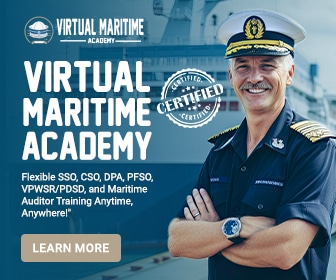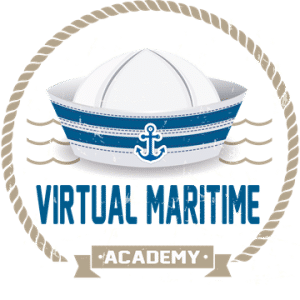The Manila Amendments
In June 2010, the International Maritime Organization (IMO) adopted a comprehensive set of modifications to the International Convention on Standards of Training, Certification, and Watchkeeping for Seafarers (STCW), commonly referred to as the Manila Amendments. The primary goal of these amendments was to revise and update the STCW Convention and its associated Code to ensure greater safety in maritime transportation and improved environmental standards.
Key Changes Introduced
The 2010 Manila Amendments encompass several significant changes designed to enhance the quality and scope of maritime training. Some of the key modifications include:
Updated Training Requirements
Training requirements were updated to reflect the advancements in maritime technology and practices. This includes the introduction of new competencies related to electronic chart display and information systems (ECDIS), leadership and teamwork, security training (including anti-piracy measures), and safety culture awareness.
Revised Certification Processes
The amendments revised the certification processes to ensure that seafarers receive appropriate training corresponding to their roles. This includes specific guidelines for issuing, revalidating, and recognizing certificates of competency, ensuring continual professional development.
Mandatory Security Training
Recognizing the evolving nature of maritime security threats, the Manila Amendments mandated security training for all seafarers. This includes requirements for security awareness training and designated security duties, elevating the overall preparedness of ship personnel against risks like piracy and terrorism.
Introduction of New Medical Standards
To ensure the health and fitness of seafarers, the Manila Amendments introduced stringent medical standards. These standards encompass physical and mental fitness criteria, aiming to reduce health-related incidents at sea and ensure that seafarers are capable of performing their duties effectively.
Impact on Maritime Training Institutions
The implementation of the Manila Amendments had profound implications for maritime training institutions worldwide.
Curriculum Overhaul
Maritime academies and training centers underwent substantial curriculum revisions. Institutions were required to integrate new training modules aligned with the updated competencies and standards, thereby improving the overall quality of education delivered to seafarers.
Increased Use of Simulation Technology
With the emphasis on modern navigational and operational techniques, the use of simulators in training programs became more widespread. Simulation technology allowed for practical, hands-on learning experiences in a controlled environment, enhancing the competency of trainees in handling complex maritime scenarios.
Effects on Seafarers
The Manila Amendments significantly affected the career trajectory and day-to-day operations of seafarers.
Improved Skill Sets
Seafarers benefited from an enriched skill set that encompassed modern technological tools, leadership capabilities, and enhanced safety protocols. This comprehensive training equipped them with the essential skills required to navigate contemporary maritime challenges effectively.
Enhanced Career Prospects
The rigorous training and updated certifications provided by the Manila Amendments positioned seafarers as highly skilled professionals in the global job market. This enhanced competency increased their employability and opened up new career opportunities within the maritime industry.
Challenges in Implementation
While the Manila Amendments brought significant improvements, the transition was not without its challenges.
Resource Constraints
Many maritime training institutions, particularly those in developing countries, faced resource constraints in implementing the new standards. This included the need for updated training equipment and qualified instructors capable of delivering the revised curriculum.
Compliance and Standardization
Ensuring compliance and standardization across different countries posed a considerable challenge. The IMO and relevant authorities had to work closely to ensure consistent global application of the new standards, addressing discrepancies and aligning national regulations with international requirements.
The 2010 Manila Amendments brought significant enhancements to maritime training, ensuring that seafarers are well-equipped to meet modern maritime challenges. While the transition posed certain challenges, the long-term benefits of improved safety, security, and competency standards have undeniably elevated the standards of the maritime industry.







